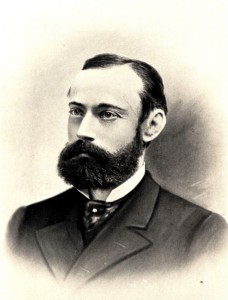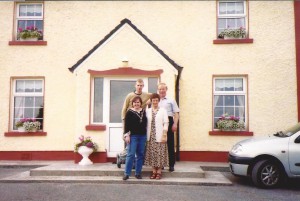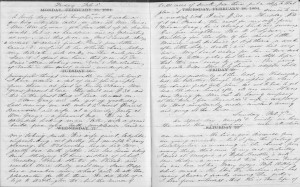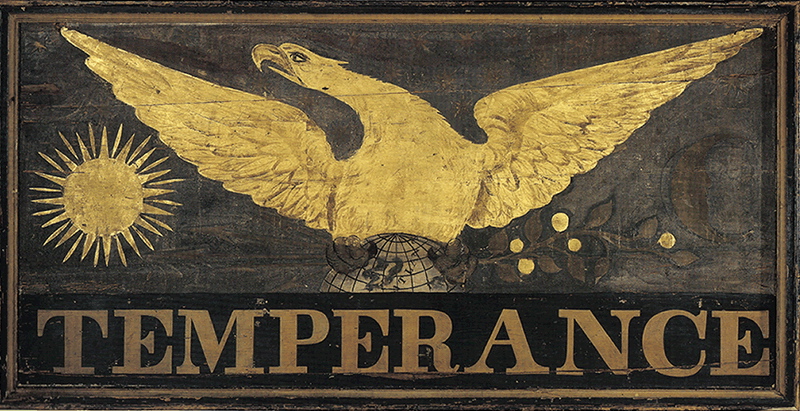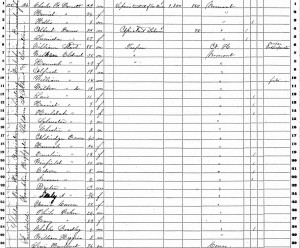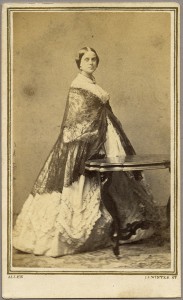
I’ve already written about Mrs. Gray’s dismay at her friend Mary Coolidge’s engagement to Mr. Reed.[1] The Grays and the Coolidges were close – Mrs. Gray writes on 23 January 1860 of having had “a few minutes racy chat with Mary C.”; in fact, as was usually the case in the Gray diary, Mary Coolidge was also a Gray family connection (as the younger sister of Mrs. Gray’s stepmother’s brother’s sister-in-law).
Boston, 16 April 1860: “An unusually full meeting of the ‘circle’[2] at Mary Coolidge’s, and a very entertaining one too. She was full of spirits and kept us on the broad laugh with her droll way of telling things.” Continue reading “An elderly groom”


